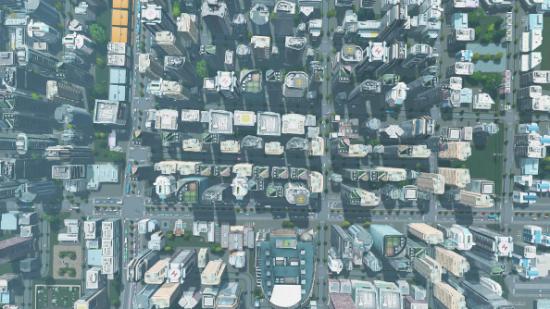Rome’s traffic systems and waste works weren’t built in a day. The construction of Cities: Skylines began six years ago in populous Tampere, the city between two seemingly terraformed lakes in southern Finland. There, five developers founded Colossal Order with the intention of one day making a city builder.
“We had the dream,” said CEO Mariina Hallikainen, “But with the small team we had back in 2009 we were scared to go and attempt such a big game.”
Just as great cities are made from hamlets that grow and merge so closely that the seams disappear, Skylines’ constituent parts have been a long time in the making.
Want more Cities: Skylines? Here are the best Cities: Skylines mods.
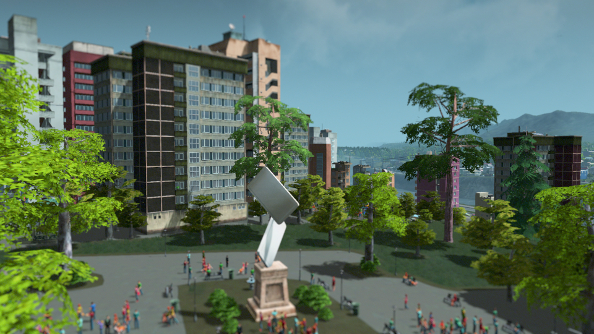
Colossal Order took one element of the classic city builder – mass transit – and made it the focus of their first game, Cities in Motion.
Like Transport Tycoon, Cities in Motion positioned players not as gods or mayors but lowly transport chiefs – responsible for improving the public networks in Amsterdam, Berlin, Helsinki and Vienna. It was, says Hallikainen, “where it all began”. But a big chunk of it also had to be left behind.
Cities in Motion was built on tech that one of Colossal’s original team had been working on and maintaining for six years before starting the company. And it would have to be scrapped. Colossal had no choice: they planned to make “bigger and better games”.
“It was completely impossible to sustain our in-house technology without huge resources,” said Hallikainen, “which we didn’t have.”
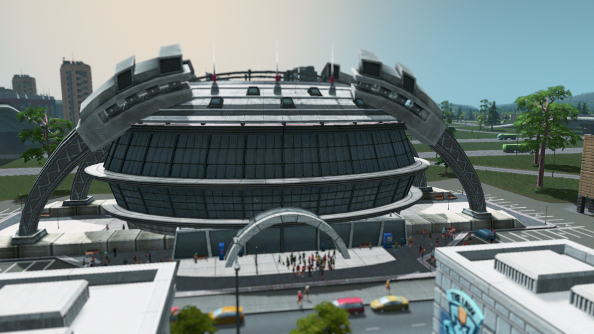
And so Cities in Motion 2 was made in Unity, by a team of seven. It incorporated new features at the behest of Colossal’s budding community: day/night cycles; rush hour; custom timetables. Remarkably, it took just a year and a half to build.
There’s an internal wiki page where Colossal Order staff pitch in on the design process. After work concluded on Cities in Motion 2, that wiki filled up with new game ideas. One, from Mariina, was a stable manager sim (“I love horses – I think that would be huge in Germany”). Another was the city builder they’d dreamt of.
It wasn’t the first time they’d pitched Skylines, or something like it, to their longtime publisher Paradox. But it was the first time they’d done so in the aftermath of Maxis’ SimCity reboot. EA had succeeded in reviving appetite for the simulation genre, but not quite managed to capitalise on it.
“Finally,” said Hallikainen, “they went with it.”
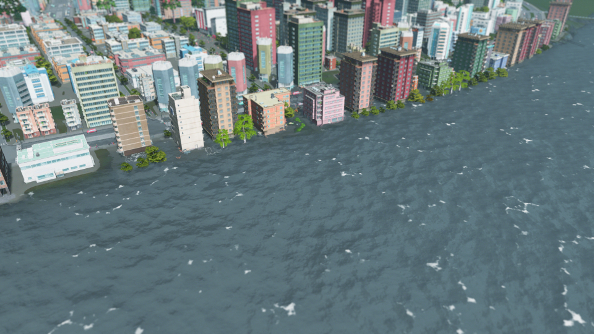
Colossal Order knew what they wanted. A deep simulation with individually modelled entities: citizens with their own names, ages and workplaces.
“It creates realistic traffic, it creates realistic flows,” explained Hallikainen. “The [citizens] are born there and eventually they die.”
They knew they wanted it to be beautiful – something they hadn’t always been able to prioritise, but were sure they could pull off by sticking religiously to their own artistic guidelines. And they knew they wanted big maps.
“A sandbox,” said Hallikainen. “Just to make it so you had the room to make your own cities.”
The last point was particularly tricky. There’s always a trade-off in development between performance and memory – presumably the same Maxis wrestled with and eventually compromised on. Colossal Order had to get “really creative” to make their maps happen – in one instance coding on top of Unity to get dynamic water working.
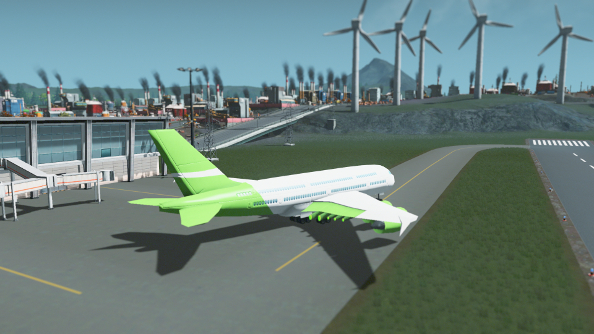
It’s important to note that even now, the studio aren’t exactly overstaffed with coders. The Skylines team numbered nine, including management in the form of Mariina. It had just one designer, a handful of artists, and a pair of programmers.
“We basically doubled the programming resource by having two,” said Hallikainen.
Colossal Order’s designers don’t necessarily have coding experience, either. That’s something they like – it means they’re “not limited by the technical aspects of making games”, and can think outside those constraints. It’s then the job of those two programmers to work out how to make the designs work.
“I think this is very important, because it pushes the limits we have,” said Hallikainen. “It is something you can see in Cities: Skylines.”
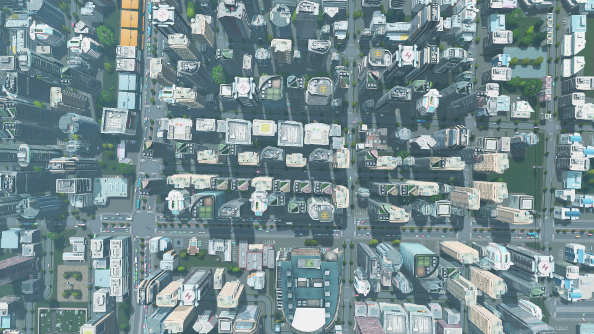
There’s another reason Skylines turned out as well as it did. Colossal Order do their best to nail their designs in prototype, to make sure they’re fun and working – and work extra space into the schedule to ensure there’s time for a few reworks.
“When entering production, there’s not so much room for prototyping and it’s not so easy to implement new ideas,” said Hallikainen. “When somebody has a good idea, we really want to take advantage of that.”
Only one idea didn’t work out so well – one of Mariina’s. During development, the team ummed and ahhed over how to give players feedback on the effects of their actions. They considered an in-game newspaper – but Hallikainen, walking by, decided that wasn’t nearly modern enough.
Instead Colossal conceived Chirpy, the portal to the Twitter-like service on which citizens divulged their needs. He’s since inspired ‘Kill the bird!’ threads and the Chirpy Exterminator mod.
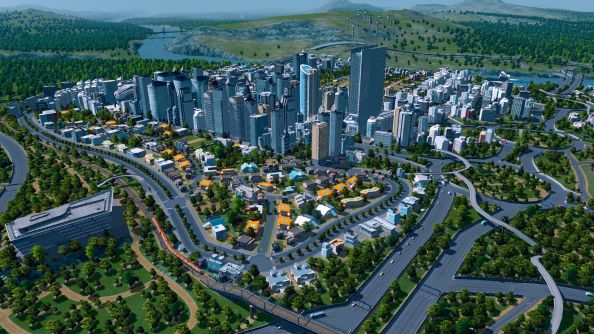
“This has been one of the more controversial features, in the sense that before we released the game people seemed to really hate the blue bird,” laughed Hallikainen. “I’m pretty sure the team doesn’t want to hear my opinions ever again.”
We know what happened next. Cities: Skylines released March 10th and sold 250,000 copies in its first 24 hours, breaking Paradox’s records. It’s now shifted over a million.
“It pretty much blew us away,” said Hallikainen. “We knew we had a good game in our hands, but to have people embrace it so quickly… It really just went better than we ever expected.”
Twitch had a huge amount to do with it. Paradox released copies of the game to streamers two weeks early, and Cities peaked as the second most-watched game on the service.
“That was huge,” said Hallikainen. “I think that was a genius move from the Paradox marketing team.”
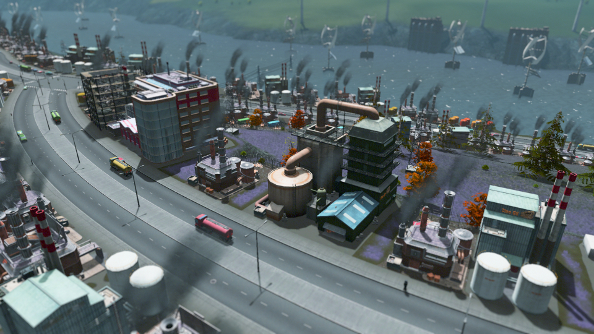
The team watched in awe as the likes of Quill18 thoughtfully negotiated Cities’ systems – and as genre newcomers like Lirik made the worst possible decisions for their citizens.
“I was in the living room watching from the TV, and I was at times getting up from the sofa like, ‘No! What are you doing?’,” remembered Hallikainen. “It was just terrible and so funny.”
And modders embraced Skylines wholeheartedly. Colossal Order had learned the impact of modding early on, when Cities in Motion players broke the game to pieces (“We had no idea what was happening”). They were determined to provide the right tools for Skylines, and players have taken advantage: importing custom buildings, and tweaking values in the API to produce first-person meandering mods – much to Colossal’s surprise.
After Skylines’ first day in the wild, there were over 3000 items in its Steam Workshop. There are more than 45,000 today.

Colossal, meanwhile, are still in Tampere – and still “very laid back”.
“Basically, the success of Cities: Skylines hasn’t really changed that much,” said Hallikainen. “It just means that we’re going to be working very hard on the game in the future. Because obviously, people love it.”
The plan remains as it was before that explosive launch – to grow large enough to have two teams. One will work on pushing back Skylines’ borders still further with expansions and DLC, and another will experiment on the side with a new project.
The studio will total 15 in September; Mariina is aiming for 18. She’s evidently wary of throwing out her company’s culture and ethos in pursuit of an ever-higher staff count.
“I don’t think it brings enough to our games that we can justify the risk that it creates,” said Hallikainen. “Because then there is need for middle management, everything starts to cost so much more. We’re still us. Even if we made an obviously huge successful game, we still want to do our own thing.”
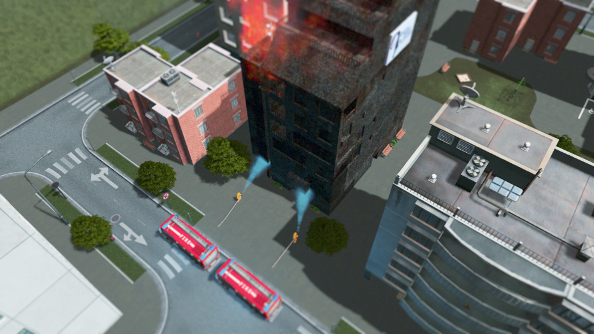
That nine-person team structure, born partly out of necessity, is something Colossal want to keep.
“Of course we can’t make crazy AAA FPS with that, naturally, but I think we can do extremely good simulation games,” said Hallikainen. “Because that really is what we’re good at and what we want to do.”
Skylines’ future is all but secured. Colossal have had none of the usual problems with convincing publishers to fund patches and free updates – investments from which they won’t see an immediate or tangible return.
“I think Paradox has a way with that which is extremely good,” said Hallikainen. “Because they have really done [that] with Crusader Kings II and Europa Universalis IV – those big expansions, free patches, free updates. And that’s exactly where we’re going to go with Cities: Skylines.”
There’s a question mark over what Colossal Order can do without stepping on modders’ toes. But as Mariina points out, while its most popular mod has around 300,000 subscribers, Cities is owned by over a million. It’s easy to forget: for any given PC game, the majority play vanilla. Modding is a threshold many never cross.
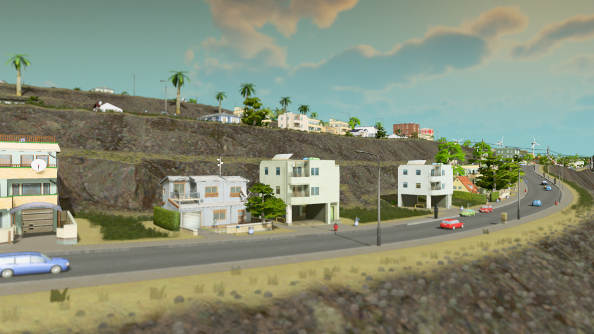
“They might be suspicious,” said Hallikainen. “Especially the programming mods, if it breaks something. The thing is I still believe that our team knows how to make the best technical choices. We are able to maybe bring the best out of the modding community.”
Modders will continue to upload buildings and vehicles, and Colossal Order intend to improve their tools. But they’ll also focus on features players can’t so easily implement – like tunnels.
As for that second team: will they be laying the concrete for another city builder?
“No, that would be stupid.”
Why?
“I mean we wouldn’t want to just make a sequel to Cities: Skylines immediately,” clarified Hallikainen. “We love making city builders, I hope we get to make a bunch of them. We’re looking to make something very different.”
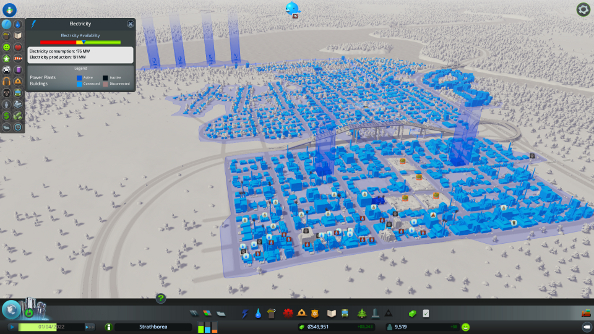
Don’t forget: in order to bring about the studio’s dream, Colossal Order’s artists have been drawing contemporary buildings for more than six years. They need a change.
“We want to make something quite whimsical and crazy,” said Hallikainen. “I have no idea what that is yet, but I’m sure that it will come to us. Simulation games are something we love to do and we know we’re good at those – but I don’t think we always have to do the exact same things to be successful.”
There’s a sense, though, that Colossal Order have been handed the baton for the city builder genre. In the days before the release of Skylines, EA closed the Emeryville studio responsible for SimCity.
“That was terrible,” said Hallikainen, answering the question before it’s finished. “It was horrible. And then the people going, ‘The king is dead’, I think that was just super-uncomfortable. Because we’re, especially in the Finnish game industry, all kind of in the same boat.
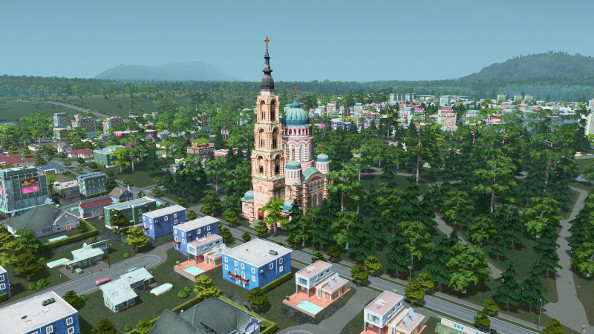
“Even comparing SimCity and Cities: Skylines – SimCity wasn’t as bad a game as everybody [suggested]. I think there was really deep simulation there, they had systems super well thought out. It’s just so sad because if you think about it, when we were kids we were playing their games.”
Do Colossal Order feel a greater sense of responsibility to carry Cities forward, knowing that AAA isn’t necessarily ensuring the genre has a future?
“I think there will be great city builders out there,” mused Hallikainen. “I think people now have been reminded of what a great genre, what a great community we have around simulation games.”
Mariina pointed to Banished and Planet Coaster, Frontier’s spiritual successor to Rollercoaster Tycoon. For many, the simulation genre is grounded in childhood.
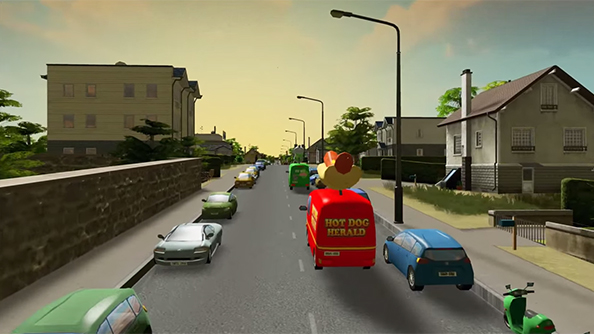
“I love the fact that we can take those old games and bring them back to life,” said the CEO. “There’s a very good reason why people liked to play those back then. You have the audience there. Now I just hope to catch the young ones as well.”
A laugh.
“This is the evil plan, basically. Everybody playing Cities: Skylines.”
